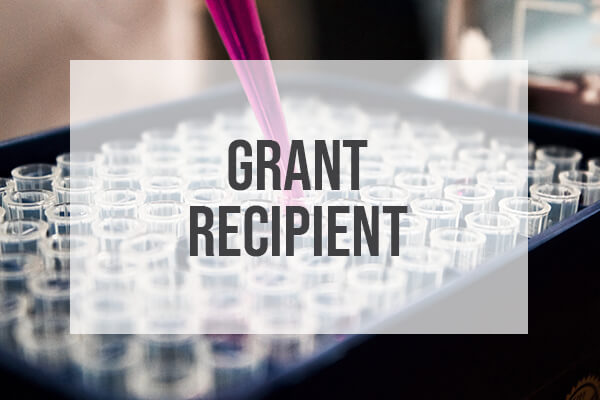Waikato Medical Research Foundation
Introduction
Radiation (RT)-induced skin toxicity is a common clinical problem that affects approximately 95% of women receiving breast irradiation. Skin reactions range from redness to extensive moist desquamation. In a recent Phase 2 trial at Waikato Hospital, which recruited breast cancer patients from 2007-2009, the incidence of RT-related grade 2 skin reactions in the control group was 57 %. Severe skin reactions can be painful, and may result in treatment interruptions or dose reduction, with a resultant reduction in treatment efficacy. Our department currently recommends aqueous cream, with the addition of 1% hydrocortisone cream for itchy skin.
Radiation causes release of inflammatory cytokines and endothelial cell damage and activation that result in E-selectin expression, which in turn causes local tissue inflammation. Preclinical studies have proven that inhibition of E- selectin expression is an important step in reducing the RT-induced inflammatory response, and statins can specifically inhibit E-selectin expression in response to radiation. Consistent with this, preclinical and clinical studies have demonstrated that statins can downregulate both acute and chronic inflammatory processes.
We designed this randomized, controlled, open-label phase 2 trial to test whether simvastatin appears to reduce the frequency and severity of skin reactions from adjuvant RT in breast cancer patients. An apparent benefit would need to be confirmed in a much larger trial. This is the only registered trial evaluating the effects of statins on acute RT toxicity.
Methods
Objectives
The primary objective of the study is to assess the impact of statins on the incidence of > grade 2 acute skin toxicity. Secondary objectives of the study are the assessments of the impacts of statins: on the time to onset of > grade 2 skin toxicity, compliance with the trial medication, statin-related toxicities and subjective radiation-related toxicities.
Patients
All patients were recruited from our institution and met the eligibility criteria of the protocol (which excluded patients taking statins within the previous 6 weeks, concurrent chemotherapy and those requiring skin bolus). Patients were randomised using a computerised method and were stratified according to fractionation schedule of radiotherapy, receiving boost or not and type of surgery (breast-conserving or mastectomy).
Treatment and evaluations
In the treatment arm patients take Simvastatin 40 mg, 1 capsule daily, commencing on Day 1 of RT treatment, and continuing for 3 weeks after completion of RT. In the control arm patients were not given any study medication. Both patients groups were treated as per the current standards for any side effects and we recommended that all patients use moisturising cream prophylactically for dry desquamation from RT.
Pre-treatment evaluation was performed during the first clinical appointment. A toxicity assessment team, who were blinded to treatment allocation, consisted of two experienced radiation therapists and two oncology nurses who were trained to use the modified RTOG scoring system on direct visual assessment. Patients were seen by this team on day one and weekly thereafter until the finish of radiation treatment and two weeks post treatment to catch maximum RT-related acute skin toxicity, then again 6 weeks after completion of RT.
Would you like to support the work of the Foundation?
Contact us for more information, or simply make a donation.




